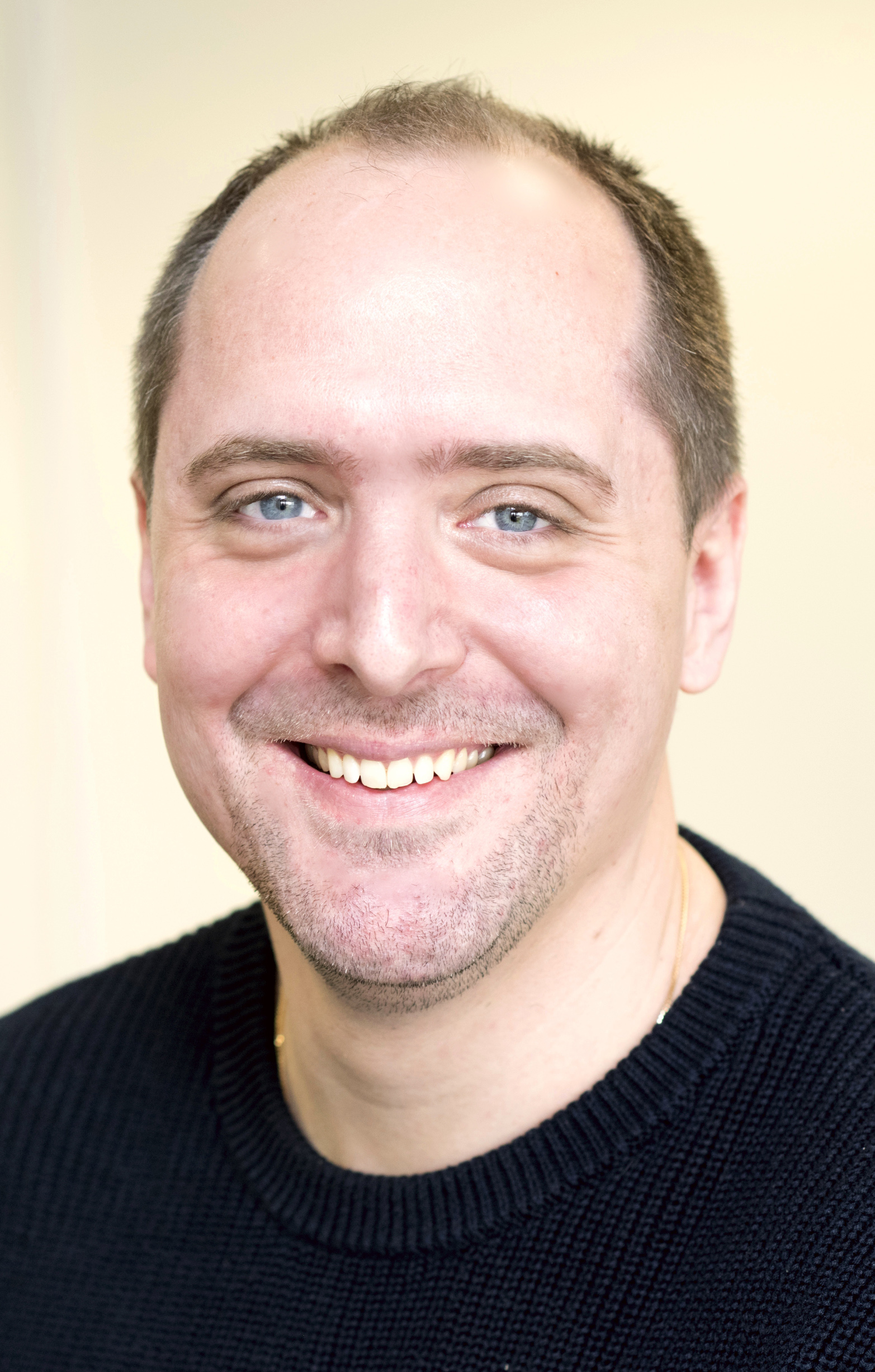Dr Robert Huckstepp
Supervisor Details
Research Interests
My research interests mainly focus on respiratory and cardiovascular neurobiology. Cardiorespiratory control is essential for life from before birth all the way through, except for the briefest of pauses, to death. The neural networks that control cardiorespiratory activity form a dynamic microcircuit that must continually monitor and adapt to a set of ever-changing vital parameters (such as blood gas and pH levels) to maintain homeostasis. This cardiorespiratory microcircuit therefore has many components, and is subject to numerous internal, external and sensory control mechanisms.
My research primarily focuses on the role of neurones and glia in the control of breathing, and how different groups of neurones within the respiratory network interact with one another to generate and pattern respiratory output. I have recently developing a model of sleep apnoea, to study the link between sleep disordered breathing and it's comorbidities.
I have collaborations: utilizing Inscopix microscopy to study the respiratory network; developing an algorithm to find apnoeas in respiratory recordings; studying biocompatibility of new compounds; investigating the effects of novel purinergic agonists/antagonists on cardiorespiratory physiology; identifying the role of tanycytes in feeding; and investigating the role of PKG1α in food reward.
I am the director of Post-doctoral affairs Director, Postdoctoral Affairs, co-lead the neuroscience cluster, and I sit on the JEDI committee. I am a member of the Royal Society of Biology, Sigma Xi, and the Alzheimer's research UK west midlands consortium, and I am a faculty member of F1000.
Research Groups
MIBTP Project Details
Primary supervisor for:
